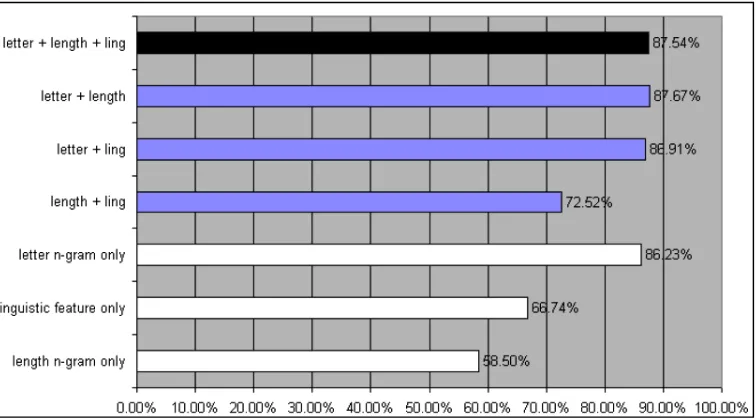Table 1: Examples of Syntactic Rules of Arabic Names
Table 2: Some Linguistic Features of Arabic Names
3.
System Design and Architecture
Figure 1 gives a detailed view of the HENNA system. HENNA system contains two major subsystems: 1) language origin recognition; 2) name parser. Subsystem 1 contains a ME classifier incorporated with a rich feature set. A Markov classifier based on letter/character n-gram language model is also implemented in our experiments for comparison. Given the language origin of the names, Subsystem 2, the Person Name Parser, analyzes the linguistic structures of the person names. The results returned by the parser contain a structural analysis of the components in a name, as depicted in Figure 3. The name shown in Figure 3 has three components: given name, patronymic part and family name.
Figure 3: The Most Possible Parse Tree for Russian Name “Nikita Sergeyevich Khrushchev”.
Figure 4 illustrates an attribute value structure (AVM) presentation of the analysis results of the above example name. It contains features about “surface string”, “origin”, “its name components” and “the interpretation
of the patronymic part” and “its ranking about the analysis”.
Figure 4: The AVM Result for Russian Name “Nikita Sergeyevich Khrushchev”.
Figure 2 gives a detailed description of the ME-based name origin recognition. For each language, a model is built. Given ambiguities of origins, names will be decomposed into their components, which will be classified to their origins separately. The advantage of this strategy is to allow multiple origins in a name. Furthermore, we still are able to classify our names into a language origin category based on their scoring.
4.
Experiments and Results
Our name corpus is built on top of the following two major sources: 1) the LDC bilingual person name list and 2) the “Person nach Staat” (Person according to state) category of Wikipedia, which contains person names written in English texts from different countries.
Given a testing person name W labeled with language origin L in our corpus, if L has the maximal probability in the hit-list, name W is considered to be identified correctly in our experiments. The accuracy of language identification module of HENNA is evaluated by the equation shown below.
Figure 5: Classification Accuracy for Individual Feature Types and Their Combinations
Table 4.1: Confusion Matrix of N-way Test of Person Names in English Written Texts



